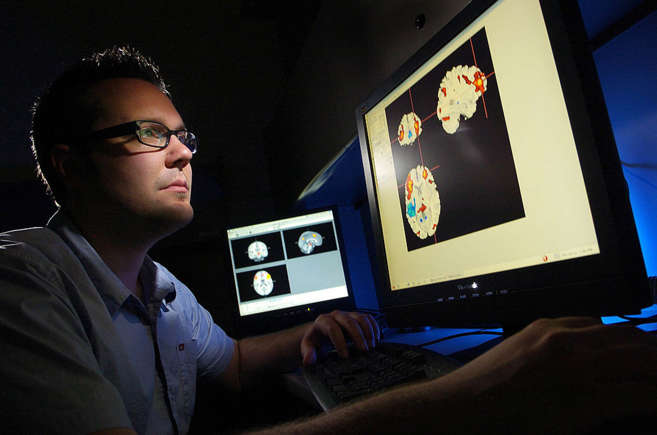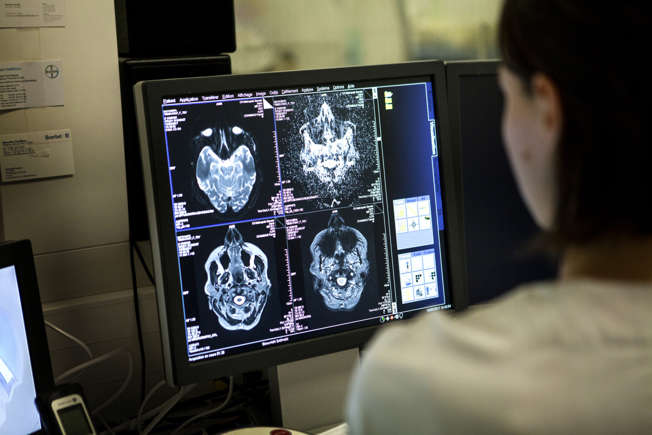Childhood is often considered the most formative period of human life, laying the foundation for emotional, cognitive, and social development. However, for many children, this critical stage can be marred by traumatic experiences. Childhood trauma, which includes physical, emotional, or sexual abuse, neglect, loss of a parent, or exposure to violence, can have profound and lasting effects on the brain. Understanding how trauma affects the developing brain is crucial for developing better interventions and support systems for affected individuals.
Table of Contents
The Brain’s Development During Childhood
In the early years, the brain is highly plastic, meaning it is capable of forming new neural connections at a rapid pace. This malleability allows children to acquire new skills, develop emotional regulation, and form secure attachments. During this period, experiences—both positive and negative—play a pivotal role in shaping the brain’s architecture.
When children experience consistent care, emotional support, and safety, their brains develop the neural pathways necessary for healthy coping mechanisms, empathy, and learning. However, when these experiences are disrupted by trauma, the brain’s development can take a different trajectory, often leading to long-term emotional, cognitive, and behavioral challenges.
The Neurobiological Effects of Trauma
Childhood trauma can alter the way the brain develops and functions. Several key brain areas are affected by trauma, most notably the amygdala, hippocampus, and prefrontal cortex. Each of these regions plays a critical role in processing emotions, memory, and decision-making, and when they are disrupted, the consequences can be profound.
- Amygdala: The amygdala is responsible for detecting threats and regulating the body’s fight-or-flight response. In children who experience trauma, the amygdala can become hyperactive, leading to heightened fear and anxiety. This overactive response can make it difficult for the individual to regulate emotions and respond appropriately to everyday situations, even when they are not in danger.
- Hippocampus: The hippocampus is involved in memory formation and the regulation of stress. Chronic trauma can impair the hippocampus, which may result in difficulties with memory, learning, and emotional regulation. Additionally, trauma can cause the hippocampus to shrink, reducing its ability to process and integrate emotional experiences. This impairment can lead to intrusive memories, flashbacks, and difficulty distinguishing between past trauma and present-day experiences.
- Prefrontal Cortex: The prefrontal cortex is responsible for executive functions such as decision-making, impulse control, and planning. Trauma during childhood can delay the development of the prefrontal cortex, leading to difficulties in regulating emotions and behavior. Children who have experienced trauma may struggle with impulsivity, aggression, or poor decision-making, which can affect their social interactions and academic performance.
The Long-Term Impact of Childhood Trauma
The effects of childhood trauma on the brain are not confined to early childhood but can persist into adolescence and adulthood. People who have experienced trauma are more likely to struggle with mental health disorders such as post-traumatic stress disorder (PTSD), depression, anxiety, and substance abuse. These conditions are often the result of the brain’s altered wiring in response to the traumatic experiences.
You can also Read: Islamic Parenting 2025
In addition to mental health challenges, childhood trauma can also affect physical health. Chronic stress associated with trauma can lead to the dysregulation of the body’s stress response system, which may contribute to a range of health problems, including cardiovascular disease, diabetes, and autoimmune disorders.
Resilience and Recovery
While the effects of childhood trauma on the brain are significant, it is important to note that the brain is also capable of healing and adapting. The concept of neuroplasticity—the brain’s ability to reorganize itself by forming new neural connections—suggests that recovery is possible. This process can be supported through various therapeutic interventions.

Therapies such as trauma-focused cognitive-behavioral therapy (TF-CBT), Eye Movement Desensitization and Reprocessing (EMDR), and mindfulness practices have shown promising results in helping individuals process trauma and rebuild healthier neural pathways. Moreover, supportive relationships, stability, and a sense of safety can also facilitate healing by providing the emotional resources necessary for the brain to rewire itself in a positive direction.
Conclusion
Childhood trauma has the potential to profoundly alter brain development, affecting emotional regulation, memory, and cognitive function. These changes can have long-term consequences for mental and physical health, often extending into adulthood. However, with appropriate support, therapy, and a stable environment, individuals can heal and develop resilience. By understanding the neurobiological impact of trauma, we can better support those who have experienced it, helping them lead healthier and more fulfilling lives.

